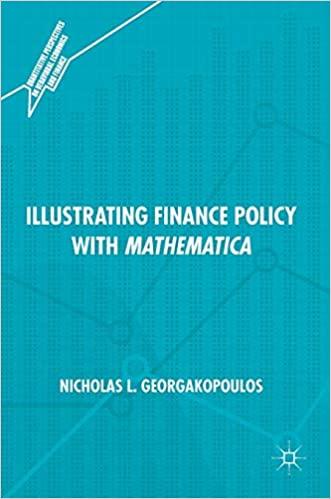
4. You are devising a new rating plan that rates only on how long a policy has been in effect. You are given the following information: 400 5 Loss and expense NB Elasticity (sensitivity to change from current price) Renewal Elasticity (sensitivity to rate change from prior term) Price Quotes Close rate (at current prices) Retention rate (when no rate change) 0.5 500 1000 20% 90% Your new prices should be of the form: price=xy' where t is the number of terms the policy has been in effect and x and y are constants that are fixed from the beginning (you can't change them each year). For example, x=100 and y=0.9 means new business pays $100 and each year the customer gets a 10% discount. y=1.2 means they pay 20% more each year. Let t=0 for new business. You will start writing this business in a new company. Note that for new business, elasticity measures sensitivity to a change from the current price of $500. For renewals, customers are sensitive to the change from the price paid in the previous term. a. Determine x and y so that profits are maximized in the third year of the new company's operation. b. Determine x and y so that volume is maximized in the third year of operations given that profit is limited to 15% of premium. NOTE: In the "third year" of operations, the company will have new business, business that is one year old, and business that is two years old. You want to consider the whole book of business. 4. You are devising a new rating plan that rates only on how long a policy has been in effect. You are given the following information: 400 5 Loss and expense NB Elasticity (sensitivity to change from current price) Renewal Elasticity (sensitivity to rate change from prior term) Price Quotes Close rate (at current prices) Retention rate (when no rate change) 0.5 500 1000 20% 90% Your new prices should be of the form: price=xy' where t is the number of terms the policy has been in effect and x and y are constants that are fixed from the beginning (you can't change them each year). For example, x=100 and y=0.9 means new business pays $100 and each year the customer gets a 10% discount. y=1.2 means they pay 20% more each year. Let t=0 for new business. You will start writing this business in a new company. Note that for new business, elasticity measures sensitivity to a change from the current price of $500. For renewals, customers are sensitive to the change from the price paid in the previous term. a. Determine x and y so that profits are maximized in the third year of the new company's operation. b. Determine x and y so that volume is maximized in the third year of operations given that profit is limited to 15% of premium. NOTE: In the "third year" of operations, the company will have new business, business that is one year old, and business that is two years old. You want to consider the whole book of business







